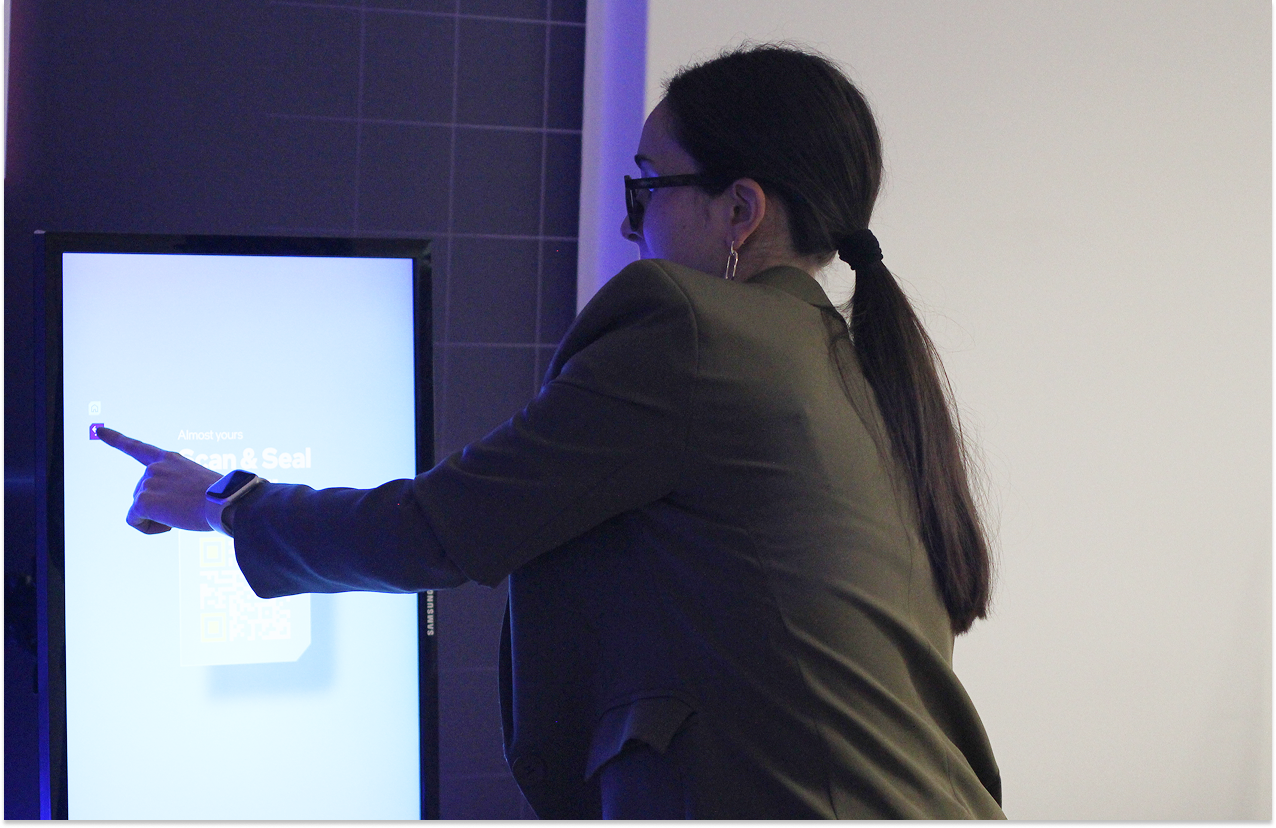Beyond the sale: the difference between selling on marketplaces and building a brand
Many businesses begin their journey on marketplaces. These platforms offer an established audience and great visibility, but at a high cost. They take a large percentage of your profits through commissions and give you very little control over your brand's identity or access to your customers' data.
In a marketplace, your products are just another listing in a vast catalog, making it nearly impossible to stand out and build a genuine connection with your audience. You are, in essence, a renter in a building you cannot customize.
The power of your own brand lies in owning the entire customer relationship. Having your own Shopify store is the only way to regain full control over your profits, your customer data, and how your brand is perceived. This allows you to create an end-to-end experience that is completely unique to you. It's about moving from being a product seller to being a brand storyteller.
For businesses in the home and decor sector, where the purchase is an emotional decision about style and atmosphere, this control is non-negotiable.
The pillars of an unforgettable brand experience on Shopify
For a brand to truly resonate, it needs to do more than just sell; it must engage and delight at every touchpoint. This section focuses on the strategy behind creating that unforgettable experience, which is relevant for any business looking to differentiate itself.
- Pillar 1: visual identity and storytelling: Your brand's visual identity is your first chance to make a lasting impression. It’s about more than just a logo or a single color; it's about a cohesive design, high-quality photography that captures the essence of your products, and a narrative that tells your story. In a competitive market, this visual and emotional harmony is what helps you stand out and build recognition.
- Pillar 2: personalizing the customer journey: A generic shopping experience feels cold and impersonal, leading to cart abandonment. Shopify allows you to create a tailored journey for each customer by implementing features like personalized product recommendations, dynamic content based on browsing history, and an optimized checkout flow. Making your customers feel seen and understood builds trust and makes them more likely to convert.
- Pillar 3: the post-purchase experience and community: The customer journey doesn't end at checkout. The post-purchase experience, from branded packaging to personalized shipping notifications and community-building efforts, is crucial for fostering long-term loyalty and turning a one-time buyer into a repeat customer. A small thank-you note, a unique box design, or an invitation to a private community group are all powerful ways to reinforce your brand and build a relationship.







